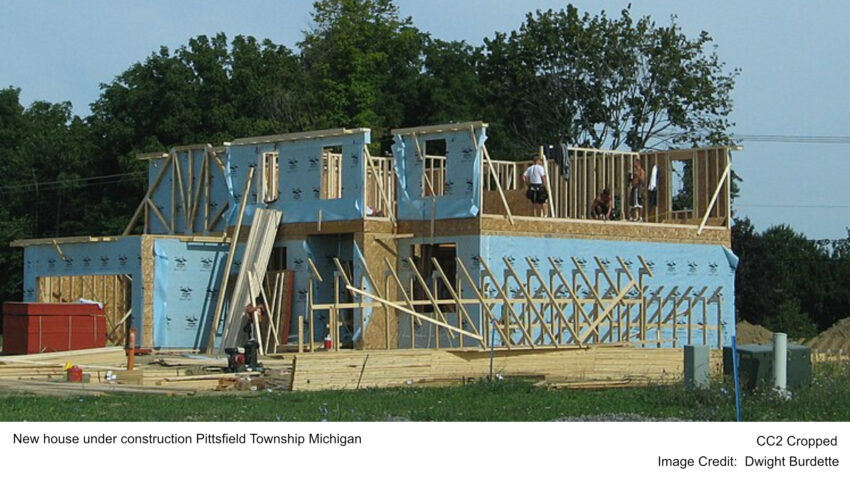President Joe Biden, in his recent address, highlighted economic developments that could influence the housing market by 2025. Rising interest rates and changing borrowing dynamics remain key factors for prospective homeowners. Experts predict these changes will affect affordability and accessibility.
- Interest Rate Impacts: Rising Federal Reserve interest rates will likely drive up mortgage rates, affecting housing affordability for prospective buyers.
- Housing Inventory Recovery: Supply chain stabilization could increase new home construction by 2025, offering more choices for buyers.
- Demographic Shifts: Millennials entering peak home-buying years and remote work trends are boosting demand in suburban and rural areas.
- Government Support: Potential expansion of first-time buyer programs by the Biden administration could make homeownership more accessible.
The Federal Reserve’s decisions on interest rates will play a significant role. As of now, rates have seen gradual increases to combat inflation. This trend could continue, impacting mortgage rates and, consequently, homebuyers’ monthly payments. Financial analysts recommend potential buyers monitor these changes closely.
Another factor to consider is housing inventory. The pandemic disrupted supply chains, affecting new home constructions. Builders faced challenges in obtaining materials, causing delays and increasing costs. However, as supply chains stabilize, experts anticipate a gradual increase in new homes entering the market. This could provide more options for buyers by 2025.
Demographic shifts will also shape the market. Millennials, now reaching their prime home-buying years, will likely influence demand. Their preferences, including a shift towards suburban and rural areas due to remote work, could impact prices in these regions. Meanwhile, urban areas might see a cooling of demand, offering opportunities for different buyer demographics.
Government policies supporting homeownership could also play a pivotal role. Programs aimed at first-time buyers, including down payment assistance and tax incentives, may make homeownership more accessible. The Biden administration has shown interest in expanding such initiatives, which could alleviate some financial burdens for new buyers.
Looking at regional trends, some areas are expected to see more significant changes than others. States with booming tech industries, like Texas and Florida, might experience continued growth in property values. Conversely, regions facing economic challenges may see slower growth or even a decline in property prices.
Economists suggest potential buyers prepare by improving their credit scores and saving for larger down payments. These strategies could enhance their purchasing power and provide more flexibility when negotiating mortgage terms.
Overall, the housing market in 2025 will likely be shaped by economic policies, demographic shifts, and regional trends. Buyers should stay informed and consider seeking professional advice to navigate this evolving landscape effectively.

